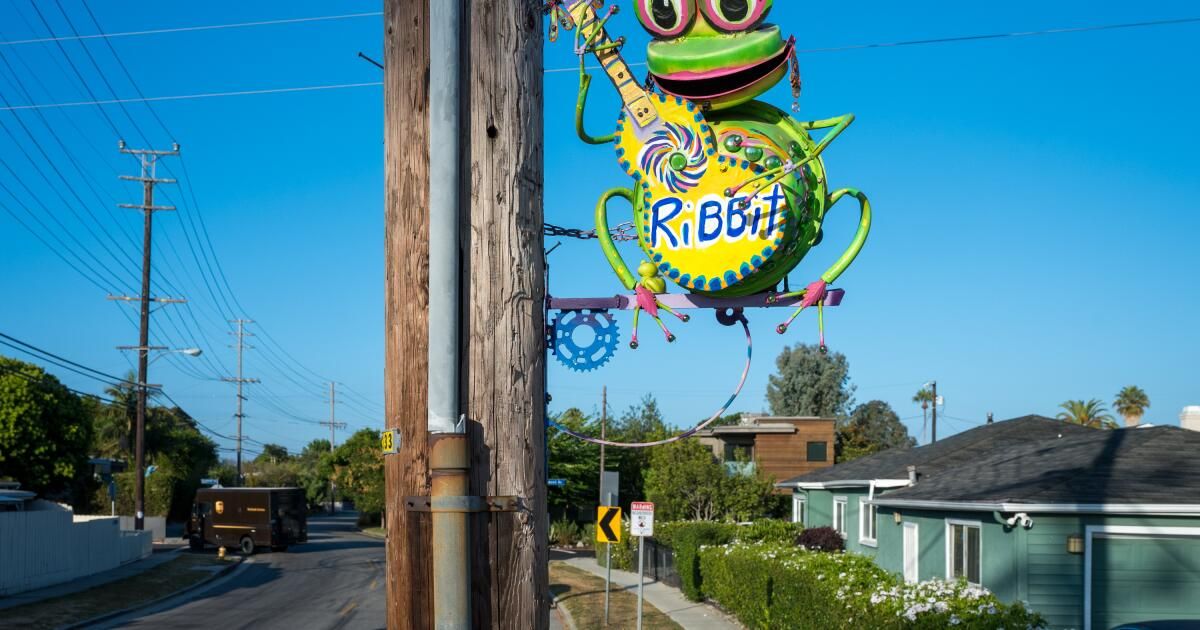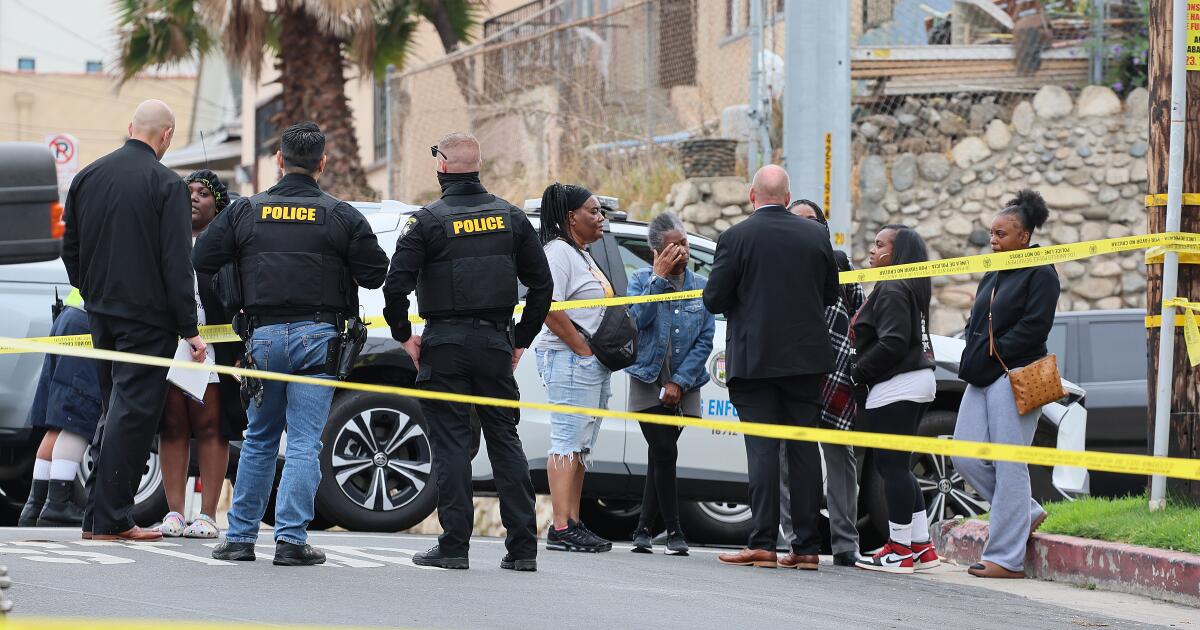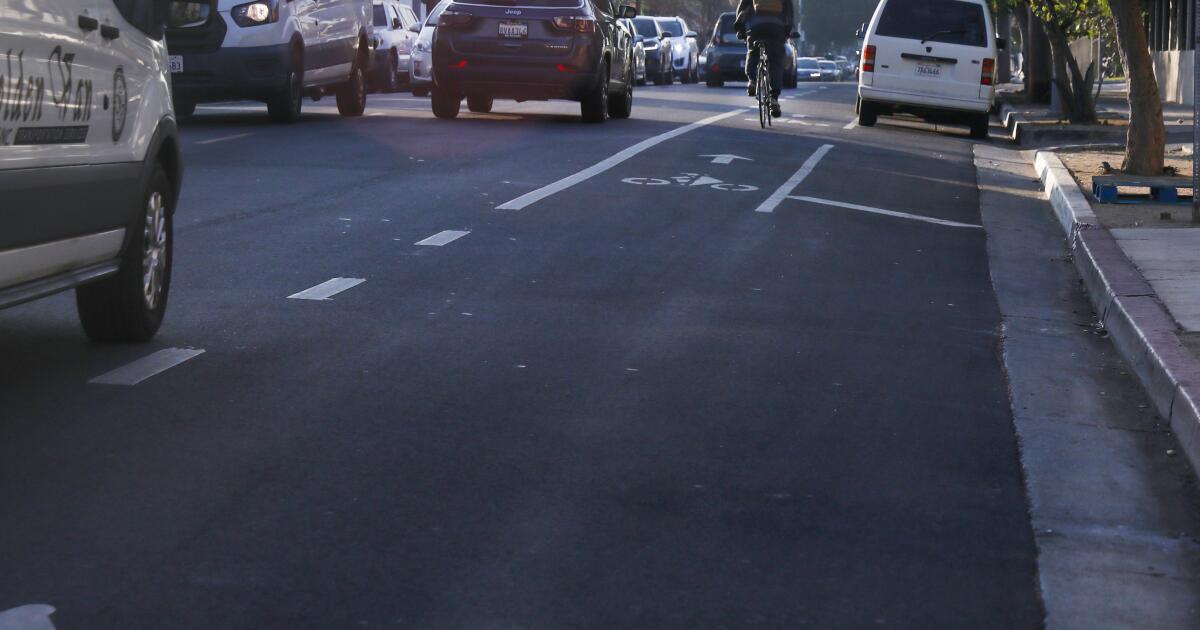To the editor: Do we really want it to be okay for someone to put their artwork on utility poles, which workers must climb to do their jobs near high-voltage equipment, which is extremely dangerous? (“DWP opposes extravagant sculptures on utility poles in Mar Vista. Neighbors love them,” Opinion, Aug. 14)
Why not allow the posting of all sorts of other non-legal items, including commercial signs, lost dog posters, and church bingo signs?
As a retired employee of the Los Angeles Department of Water and Power, who worked alongside linemen for 34 years, I was part of a hard-working family. Just because something has been allowed for seven years doesn't mean it's legal.
Why doesn't artist Lori Powers just give her artwork to her neighbors to display on their properties? I think it's a win-win solution. Neighbors can share Powers' artwork and DWP linemen don't have to worry about unsafe working conditions.
Yolanda H. Lickson, Cypress
..
To the editor: Former Los Angeles City Councilwoman Ruth Galanter deserves everyone's support in her attempts to change the minds of city bureaucrats who want to take down street art appearing on utility poles in Mar Vista.
I worked for City Hall for 30 years, so I understand how flawed the process of making rules and laws can be. This is one of those times when the rules need to be changed.
And if city lawyers are qualified to determine what is or is not art, they would be called “artportneys.”
Greg Nelson, Mission Viejo
..
To the editor: This story doesn't strike me as one of bureaucracy run amok, but rather one of privileged people thinking the rules don't apply to them. There are many reasons (aside from the DWP's concerns about worker safety) why private sculptures are a bad idea on utility poles.
For a start, with the publicity they've now been given, how many more will find out and decide they can put things on electricity pylons too? And if one of the sculptures fell over and hit someone, guess who they'd sue? (Hint: not the artist.) This is the responsibility of the DWP, not the artist and her friends.
When dealing with this issue, why does the DWP have to soften its tone? To appease people who have links to politicians and journalists? And why does it have to find a win-win solution?
There is a process for selecting and installing artworks in public places, and this is not it. The obvious and easiest remedy is to put the works in the garden of the artist and the neighbours who love them so much.
Kathy Barreto, Culver City












